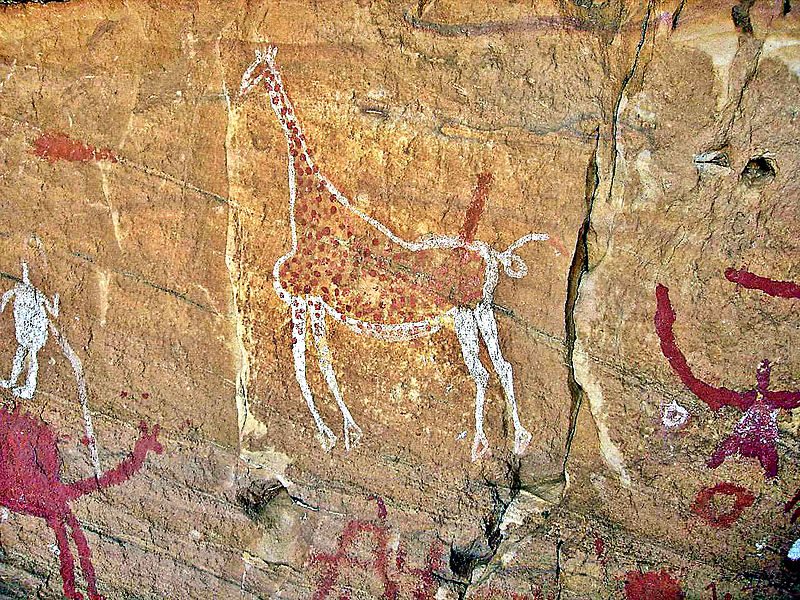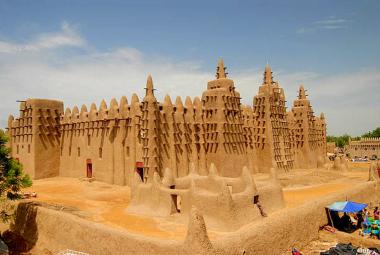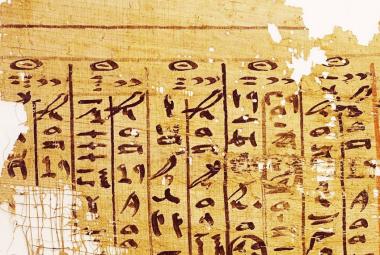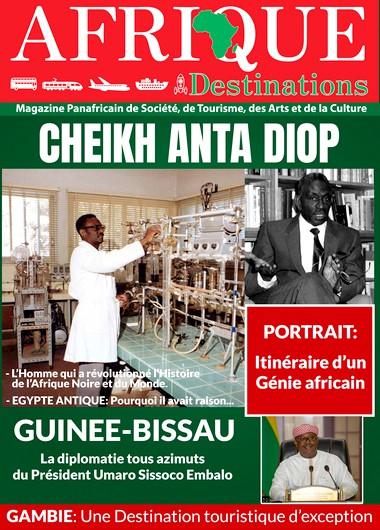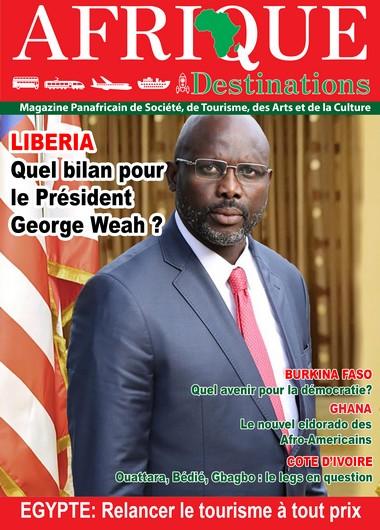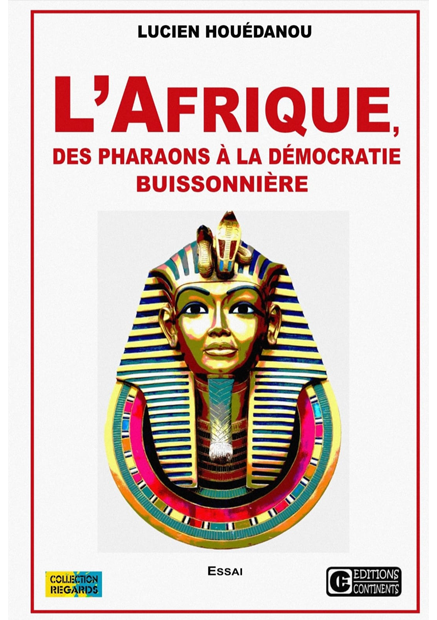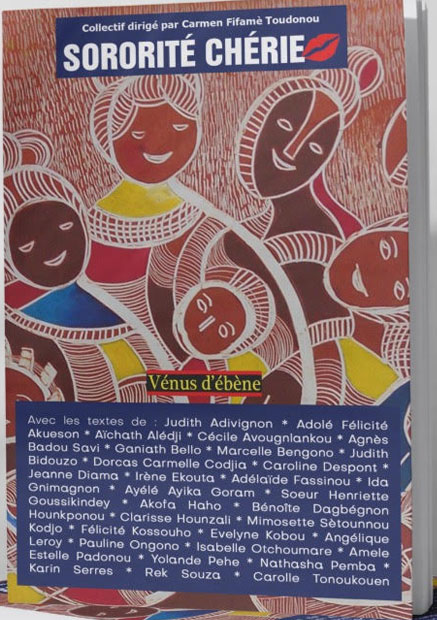The progressive or rapid drying up of the formerly verdant Sahara therefore functioned as a pump for the return of the nomadic-pastoralist populations of the Sahara towards the large permanent water points. The only one in this region remains the Nile and its various tributaries. We can probably put forward the hypothesis that they are the heirs of these Negro-African peoples whose traces can be found everywhere, from the petroglyphs of the Sinai desert to the pottery and other flints of Nabta Playa, passing through the cave paintings of the 'Acacus, who gathered around the Nile, with the drying up of the Sahara.
In 1958, the Italian Fabrizio Mori made a surprising discovery in a rock shelter of Uan Muhugiag in the Acacus region. It is the mummy of a Black child, about two and a half years old. This discovery, which took place in the Acacus region in the desert in Libya, suddenly upset scientific knowledge about mummification. Because before, all researchers considered Egypt as the cradle of mummification. And now a new discovery attesting to a mummification whose anteriority exceeded the Egyptians by a thousand years in the mastery of this art, emerged from the desert and changed the situation. For Dr. Joann Flichter, Egyptologist and mummification expert: “It’s a really sophisticated form of mummification. The Black mummy is obviously the superb result of a very advanced art of this process”.
This region of Acacus was known for its famous paintings and sculptures. And especially for its famous sculpture with the head of a jackal (or dog) and its many pottery which indicated that the site was occupied at a given time by a Negro-African people. These historical testimonies engraved on rock walls also signaled unequivocally the presence of livestock, especially cattle and goats. But no one suspected the discovery of the Black mummy on which everyone is now unanimous as to the sophistication inherent in its production process. Even less concerning its dating up to 5,500 years.
The child's mummy was carefully wrapped in antelope skin, the body in a fetal position, a necklace made of ostrich eggs around its neck; all covered with leaves and well preserved. To find out for sure, the team of Italian researchers had to send the mummy to Rome in Italy for analysis. And the conclusions fell, without appeal: the body of the child was eviscerated, the internal organs removed and he received a specific artificial treatment to be preserved. It is purely and simply a mummification. Carbonne 14 dating, meanwhile, revealed that it took place nearly 3,400 years before Christ.
Over the decades, new research on the story of the little Black mummy of Uan Muhugiag in Libya was carried out. They had the advantage of bringing new clarifications, in particular on the environment in which the people who carried out this mummification lived, but also on their relationships with other peoples. From these additional works, we learned that this Libyan desert was not always so. It was watered by streams and inland lakes, and provided with game as evidenced by the sculptures and engravings that the occupants left in their path. Moreover, this region served as a receptacle and a point of interbreeding for the Black peoples of Africa and the Whites of Mesopotamia and the Middle East. A point of meetings and exchanges which later extended to the Nile Valley when the region was severely hit by desertification between the 7th and 6th millennia BC.
Moreover, they are legion today the researchers who think that the Egyptian civilization is partly heir to this people who mummified the child of the rock shelter of Uan Muhugiag. Some of the representations in the art and in the ritual of ancient Egypt indeed refer to the first forms that were already known to this people, of whom unfortunately not much is known. Apart from that he knew about mummification, celebrated rituals to beg for rain by sacrificing what he held most dear in heaps of stones in a circle: cattle. The discovery of the mummy of the little child will have made it possible to reveal a very ancient and hitherto unknown specific Black African culture.
Dr Savino di Lernia of the University of Rome – La Sapienza, the successor of Fabrizio Mori, for his part, deepened the research in order to try to clarify the link that this Saharan people may have had with the other people established in the Nile Valley at that time. With Dr Nick Brooks of Imperial College London, they revisited the Oued Mathendous where there must have been a Paleolithic lake, but which is an amazing site of rock art. To confirm that the Saharan people of Uan Muhugiag migrated to the Nile Valley bringing their traditions there, Dr. Savino di Lernia will set out to find evidence.
His discoveries in the Messak plain led him to the discovery of a culture inherent in the worship of cattle. They prayed and sacrificed cows to beg for rain around a monument in the form of a circle of stones. For him, this is clear proof that there is a relationship between mummification and the cult of cattle among the ancient Saharan peoples as well as their appearance among the ancient Egyptians. Another very significant fact about this relationship is the discovery of a man wearing a dog mask over 5,500 years old and well before Anubis by 1,000 years in ancient Egypt. However Anubis is not only the oldest royal attribute, but also the god of embalming and the guardian of the dead. This is the same mask symbol worn by the priests in charge of the rituals which should allow the dead to be reborn during mummification in ancient Egypt.
By Marcus Boni Teiga



